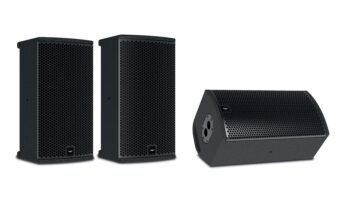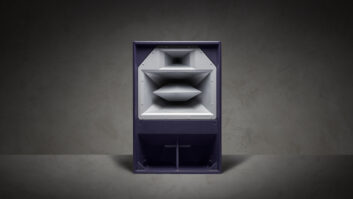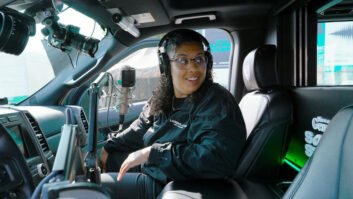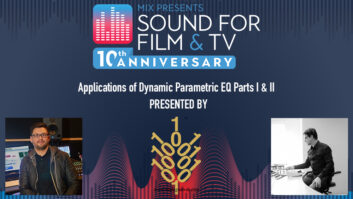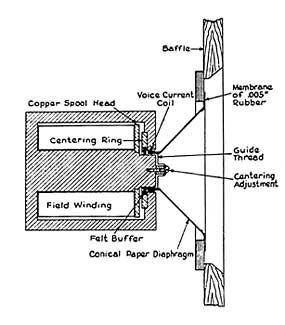
Timing is everything and the development of the modern dynamic loudspeaker by two General Electric engineers—Chester W. Rice and Edward W. Kellogg—was right on time. In a landmark article, “Notes on the Development of a New Type of Hornless Loudspeakers,” published in the Sept. 1925 edition of AIEE Transactions, these two General Electric engineers describe what what we know consider the roots of modern loudspeaker technology.
Advanced for its day, the 1925 Rice-Kellogg design for a dynamic loudspeaker included modern touches such as a rubber (butyl) surround around the edge of the paper cone.
After testing numerous materials and approaches, Rice and Kellogg suggest a lightweight (paper) conical diaphragm attached to a coil of wire that’s energized by a large magnet structure. In this proposal, the latter was an electromagnet, as an affordable alternative to the great expense of large permanent magnets in those days. Beyond simply describing a new type of transducer, the pair lay out many of the basic tenets of loudspeaker design, such as detailing the importance of the baffle in preventing the “circulation” of the sound from the speaker’s forward and backward motion. Rice and Kellogg also discuss the need for more powerful amplifiers to provide adequate headroom required for quality reproduction, noting that before the “full benefit of a high grade loud speaker may be realized, it is important that the amplifier which goes with it should have sufficient capacity to give a natural volume or intensity.”
The Rice/Kellogg electro-dynamic speaker design was licensed to RCA, which incorporated it into its successful Radiola line.

